Tet, also known as Tet Nguyen Dan or simply Tet, is the Vietnamese New Year and the most important traditional festival in Vietnam. It is based on the lunar calendar and typically falls in late January or early February. Tet is a time for family reunions, paying respects to ancestors, and celebrating the arrival of spring.
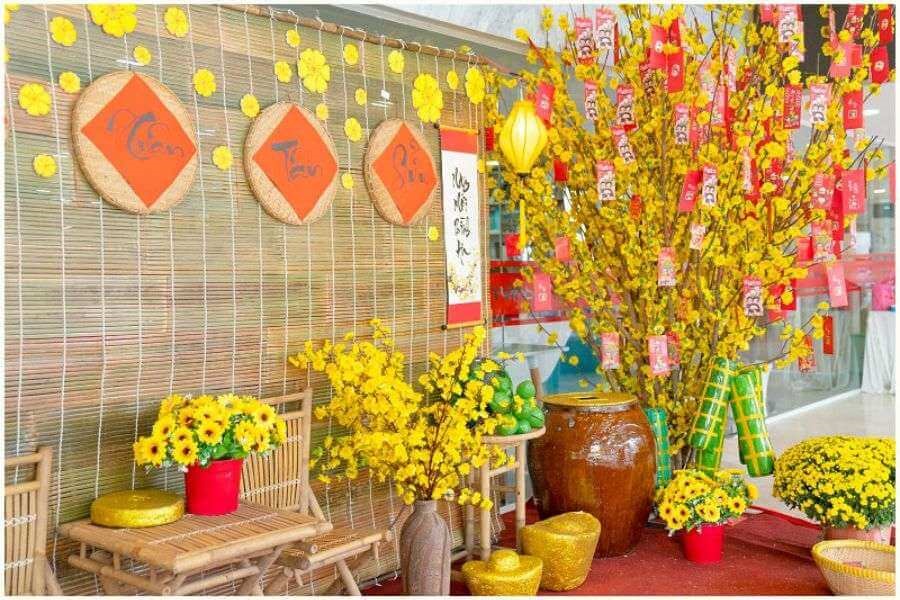
The Tet holiday, also known as Tet Nguyen Dan or simply Tet, is the Vietnamese New Year and is deeply rooted in ancient traditions. Its origins date back thousands of years, and the celebration has evolved. Tet is based on the lunar calendar, and its timing is determined by the combination of the lunar and solar calendars.
The original Tet celebrations were associated with agrarian practices, marking the end of winter and the arrival of spring. Tet holds significance as a time to celebrate the harvest and the beginning of a new agricultural cycle. Over time, the festival became intertwined with cultural and religious beliefs, incorporating elements of ancestor worship and spiritual rituals.
Tet Nguyen Dan ogininated from the reign og the 6th Hung King want to inherit the throne. Since then, every time the Lunar New Year comes, people make Chung and Day cakes to offer to their Ancestors and Heaven and Earth.
The legend of Banh Chung and Banh Day symbolizes the concept of the universe of ancient Vietnamese people, while emphasizing the importance of rice and nature in wet rice culture. The above story wants to remind children and grandchildren of the tradition of filial piety; An explanation of the meaning and origin of Banh Chung and Banh Day is a beauty in the traditional culture of the nation.
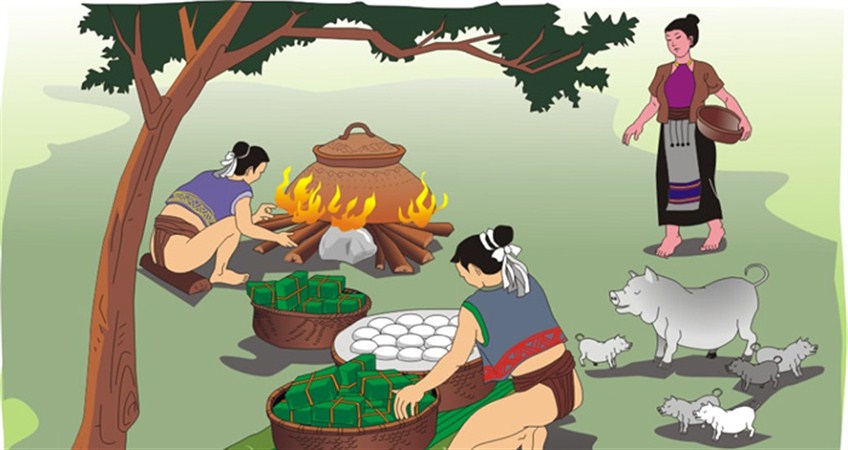
The history of the Tet holiday, or Tet Nguyen Dan, is deeply rooted in Vietnamese culture and has evolved over thousands of years. The celebration is associated with agricultural practices, lunar and solar calendars, and a blend of cultural, spiritual, and historical influences. Here is an overview of the history of Tet:
The Tet holiday in Vietnam is a time for various activities, traditions, and celebrations. Here are some common activities that take place during Tet:


4. Visiting Pagodas and Ancestors' Graves: Many people visit Pagodas,Church to pray for good luck and prosperity in the coming year. Additionally, families visit the graves of their ancestors to pay respects and honor their memories. During the Tet holiday, many people go to Pagoda, and Chruch together to pray for family, work,…. The girl is wearing Ao Dai, The Boy is wearing T-shirt…
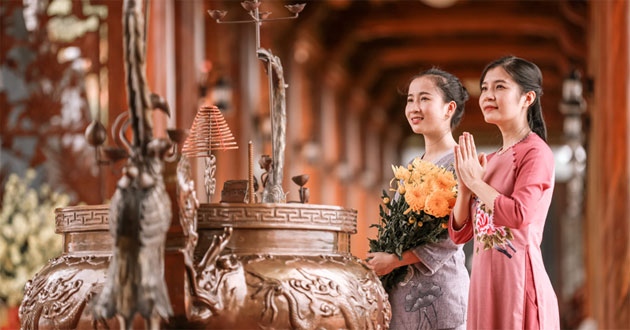
5. Giving and Receiving Lucky Money: The practice of giving and receiving "li xi" or lucky money is an essential Tet tradition. Elderly family members give red envelopes containing money to children and unmarried individuals, symbolizing good wishes and blessings. This is one of the activities children like during the Tet.
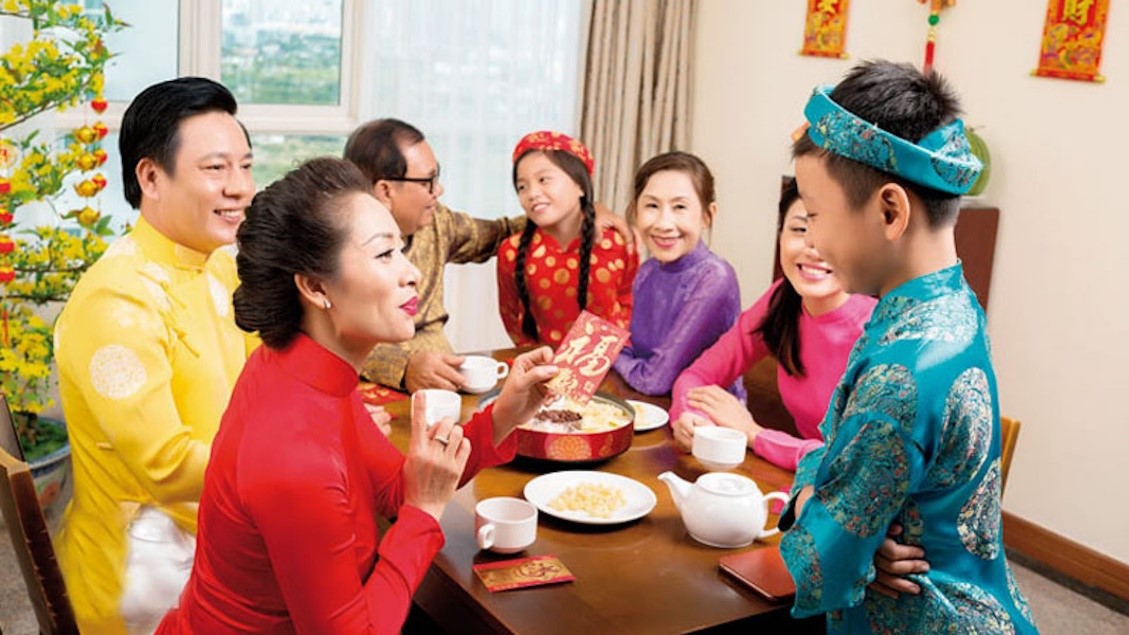
6. Watching Fireworks and Parades: In major cities, Tet is celebrated with colorful parades, fireworks displays, and various cultural events. These festivities contribute to the joyous atmosphere and are enjoyed by people of all ages.
7. Respecting Traditions and Superstitions: Many people adhere to various customs and superstitions during Tet to ensure good fortune. For example, people avoid sweeping the house on the first day of Tet to prevent sweeping away good luck.
8. Watching Television Specials: Vietnamese television channels air special programs, films, and entertainment shows during Tet. These broadcasts often include music, comedy, and other festive content.
Tet is a time when Vietnamese people celebrate their culture, heritage, and the promise of a new beginning. The activities during Tet are deeply rooted in tradition and are a reflection of the importance of family, community, and good fortune in Vietnamese society.
Tet holiday, or Tet Nguyen Dan, holds deep cultural, historical, and symbolic significance in Vietnam. The meaning of Tet goes beyond its surface-level celebrations, and it encompasses various aspects that reflect the values and traditions of the Vietnamese people.
- New Beginnings: Tet marks the beginning of the lunar new year, signifying a fresh start and the opportunity for renewal. It's a time when people look forward to the future with optimism and hope for prosperity, good health, and happiness.
- Cultural Tradition: Tet is a celebration deeply rooted in Vietnamese culture, dating back thousands of years. It reflects the country's agricultural heritage, as it originally marked the end of winter and the beginning of the planting season.
- Ancestor Worship: Tet involves rituals and ceremonies to honor ancestors. Families visit ancestral graves, make offerings at home altars, and participate in religious practices to show respect to those who came before them. Ancestor worship is a way to connect with one's roots and acknowledge the role of family history.
- Cultural Identity: Tet is a celebration that defines and reinforces Vietnamese identity. The customs, traditions, and foods associated with Tet are distinctively Vietnamese, providing a sense of continuity and shared cultural heritage.
- Symbolism in Decorations: The decorations used during Tet, particularly the colors red and gold, carry symbolic meanings. Red symbolizes good luck, happiness, and prosperity, while gold represents wealth and abundance. Homes are adorned with these colors, along with flowers and other traditional items, to attract positive energy.
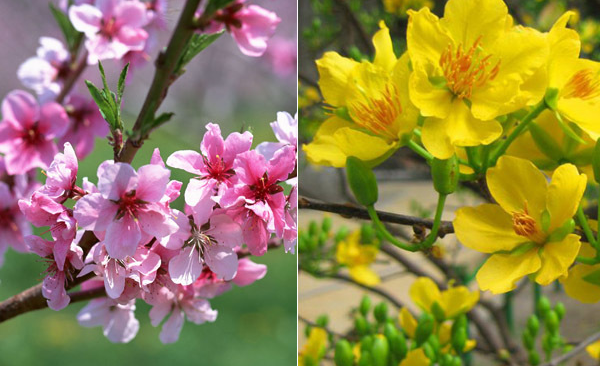
Peach blossom and Apricot blossom is two flowers yoy will be see very much in Tet holidays in Vietnam. The North has a Peach blossom, and The South has an Apricot blossom.
@Viet Cruise Tours
CONTACT US:
- 2 Paris Commune, Ben Nghe, District 1
- 241 Pham Ngu Lao St, Pham Ngu Lao Ward, District 1
- website :https://vietcruisetours.com/
*Hotline/Whatsapp: +84 908.785.680
*Email: contact@vietcruisetours.com
Newer articles
Older articles